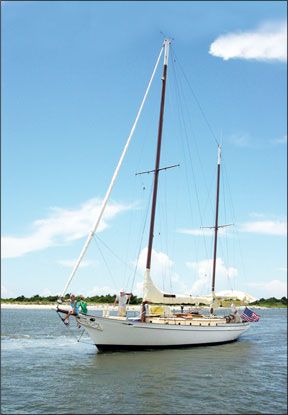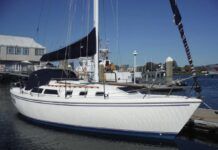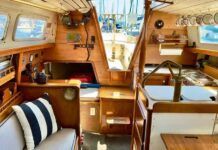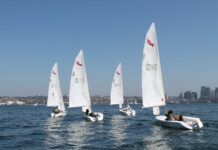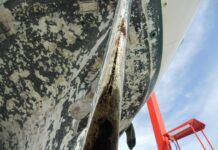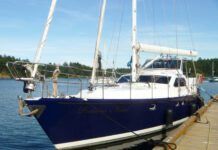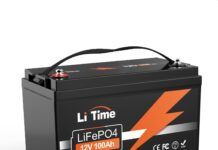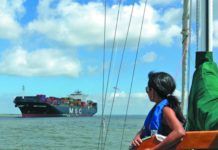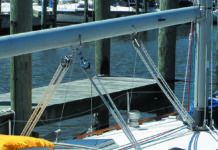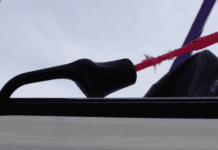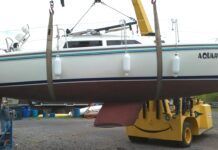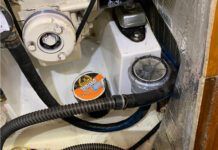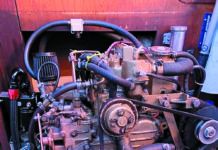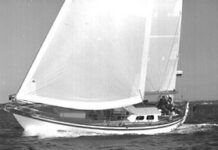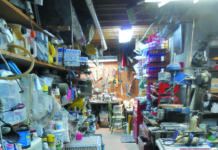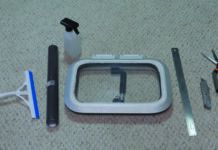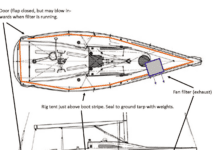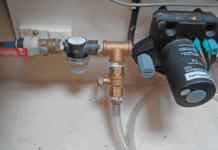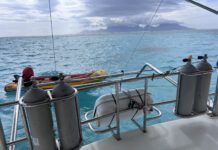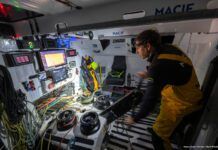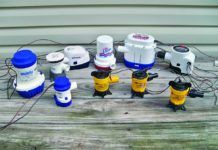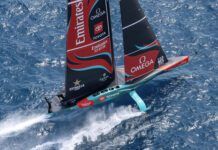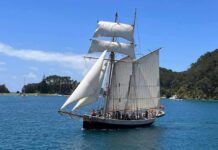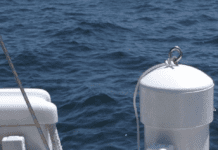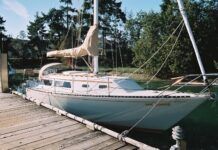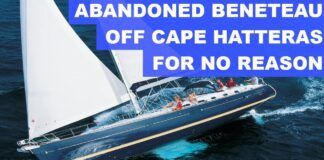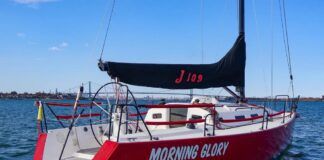Sailors plying the Atlantic Intracoastal Waterway (AIWW) should be keeping an eye the one thats not on the depthsounder on the federal government. In the mid- 288 1990s, the U.S. Office of Management and Budget decided the IAWW was not a “high-use” waterway in terms of interstate commerce. Its now, therefore, a low priority when it comes to the allocation of federal funds for operation and maintenance. As a consequence, shoaling in many stretches has reduced the controlling depth to a fraction of the projects mandated depth of 12 feet. Of particular concern are some land cuts and locations in North Carolina, South Carolina, and Georgia around inlets that connect the waterway with the Atlantic Ocean, where strong tidal currents cause rapid filling of dredged channels. No maintenance dredging has been done in Georgia for five years, and before the Savannah District of the United States Army Corps of Engineers (USACE) can commence dredging, which is unlikely in the coming year, it has to construct disposal areas to receive the spoil. No dredging will take place in South Carolina this year because the Charleston District operations office is using its allocation of funds to perform maintenance of existing disposal areas. North Carolina is in somewhat better shape. USACE Wilmington District has been able to maintain sections north of Morehead City that see a high volume of barge traffic. South of Morehead City, the state has stepped in with funding assistance to aid communities that depend on the AIWW for commerce and tourism. To create a voice in Washington, AIWW users formed the Atlantic Intracoastal Waterway Association (AIWA) in 1999. Membership is open to individual boaters and businesses whose operations, waterborne or shoreside, depend on the AIWW remaining navigable. Any sailors planning to take the inside route north this spring should visit the AIWA website (